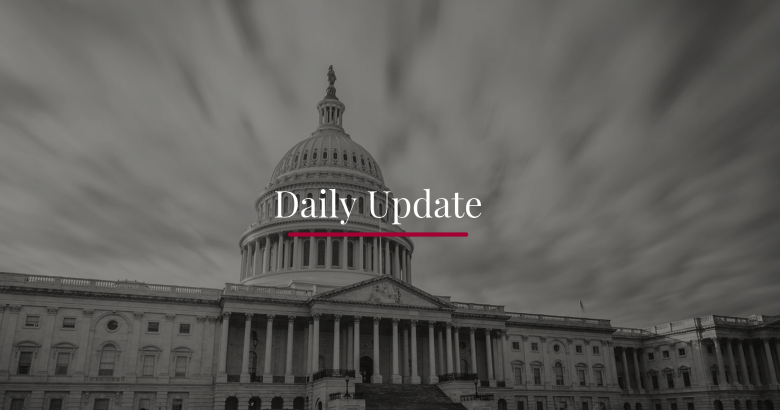Employee Retention Credit
With the signing of the Consolidated Appropriations Act (CAA), the Employee Retention Credit (ERC) was significantly enhanced for small business taxpayers!
The ERC was originally set to expire on 12/31/20 and was not available to businesses that received Paycheck Protection Program (PPP) loans. Under the CAA, the ERC has been extended through 7/1/21. Businesses may claim ERC credits as well as obtain forgivable PPP loans (so long as they don’t include the same payroll expenditures for both programs).
The ERC is a refundable payroll tax credit for wages paid between 3/12/20 and 12/31/20. The ERC is calculated at 50% of eligible wages up to $10,000 allowing for a maximum credit of $5,000 per employee during calendar year 2020. Eligible wages may include qualified health plan expenses.
Requirements for Employee Retention Credit
Businesses must satisfy at least one of the requirements below in order to avail themselves of a credit opportunity:
- Experience a significant decline in gross receipts (defined as a 50% reduction) when comparing any calendar quarter during 2020 to the same quarter of 2019
- Fully or partially suspend operation during any calendar quarter during 2020 due to orders from an appropriate governmental authority limiting commerce, travel, or group meetings (for commercial, social, religious, or other purposes) due to COVID-19
Businesses with less than or equal to 100 average monthly full-time equivalent employees (FTE) (determined using calendar year 2019) may claim the tax credit for wages paid to all employees during an eligible quarter.
Businesses with greater than 100 average monthly FTE’s may only claim the tax credit for wages paid to employees who did NOT provide services during the eligible quarter. Stated plainly, only those employees who were kept on payroll but were unable to work due to COVID limitations qualify.
Extension Brings Favorable Rules for Calculating ERC
With the extension of ERC until 7/1/21 there are more favorable rules for calculating the credit for 2021 including:
- The amount of the credit increases from 50% to 70% on a cap of $10,000 per quarter
- For the receipts test, a significant drop is defined as any quarter in the first half of 2021 that is less than 80% of the same quarter from 2019.
- For 2021, the FTE threshold before a change in the treatment of wages paid increases to 500 from 100
WM Wisdom: The expansion of the ERC program is the most under-rated component of the CAA signed into law shortly before new year. Many small businesses with less than 100 FTE’s were subject to strict government orders from mid-March until mid-May which partially suspended their business operations. Small Business owners may be able to claim ERC credits for wages paid during this time frame so long as they don’t double dip on wages used for PPP forgiveness. Given most PPP loans arrived in late April – May; wages paid up until this point may be deemed eligible leading to significant payroll tax credits.
Additional Guidance
At this time additional guidance still needs to be issued on how to claim the ERC for those businesses that now qualify for past quarters of 2020 since those payroll tax returns have already been filed. It is speculated that the 2020 4Q Form 941 payroll tax return will include a “catch-up” calculation. Alternatively, amended payroll taxes may be permitted for quarters 1, 2 and 3 of 2020 where applicable to claim the credit.
For more information, visit the IRS website, click here.
Stephen Slade, CPA and Ted Allavena, CPA, contributed to this article.
DISCLAIMER: The WM Daily Update, COVID-19 Business Resources and COVID-19 Client News Alerts and other related communications are intended to provide general information on legislative COVID-19 relief measures as of the date of this communication and may reference information from reputable sources. Although our firm has made every reasonable effort to ensure that the information provided is accurate, we make no warranties, expressed or implied, on the information provided. As legislative efforts are still ongoing, we expect that there may be additional guidance and clarification from regulators that may modify some of the provisions in this communication. Some of those modifications may be significant. As such, be aware that this is not a comprehensive analysis of the subject matter covered and is not intended to provide specific recommendations to you or your business with respect to the matters addressed.


